Situated in Central Namibia, the cosmopolitan city of Windhoek serves as the capital of the country. It is home to an international airport and a plethora of restaurants, shops, entertainment venues and accommodation options. The city is clean, safe and well-organised, with a colonial legacy that is reflected in its many German eateries and shops, and the widespread use of the German language. Windhoek has an interesting mix of historical architecture and modern buildings, many of which are worth a look, including the Alte Feste an old fort, the 1896 Christuskirche Christ Church, and the more contemporary Supreme Court.

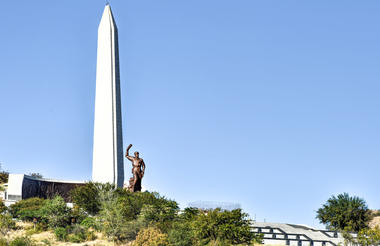
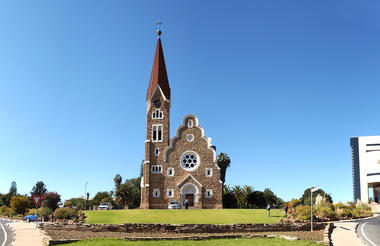
Midway between the spectacular Etosha National Park and the capital city of Windhoek, lies the well-known Okonjima Nature Reserve. The 22 000 hectare nature reserve is home to AfriCAT, a carnivore sanctuary, which gives the captive cats a second chance to be released back into the wild and become completely independent hunters in a protected area right in the middle of commercial cattle farmland. Visitors can enjoy a stay at a variety of excellent accommodation options including everything from luxury villas to secluded camping. Don't miss the opportunity to enjoy thrilling cat-tracking guided safaris, leopard-spotting, off-road night drives and learn about local San culture along the Bushmen trail.
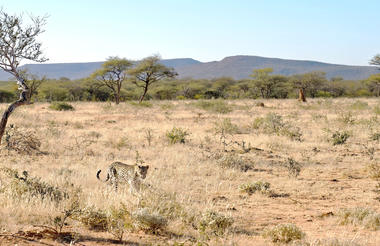

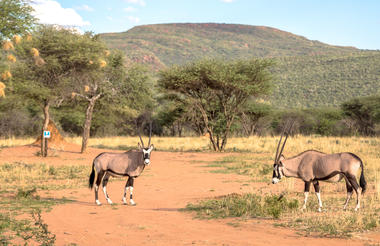
Northern Namibia extends across the remote Kunene River in the west of the country to the densely populated region of Ovamboland in the northeast. Central Ovamboland is part of Namibia’s extensive Kalahari system and is home to one of Africa’s largest game sanctuaries, Etosha National Park. The park provides phenomenal game viewing opportunities, and travellers can look forward to visiting the spectacular Etosha Pan. Damaraland lies to the northwest, with some of the most impressive rock art covering the rugged landscape. Further east, the Caprivi stretches for over 450 kilometres and is Namibia’s most tropical region acting as a corridor for African elephants moving through to Angola. Northern Namibia is a remote wilderness with incredible scenery, wildlife and exhilarating experiences, making it well worth the effort.

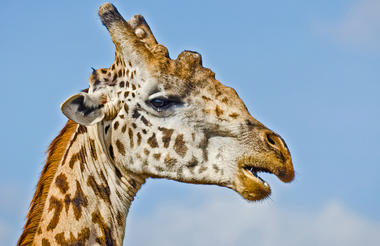

Set roughly 200 kilometres east of Rundu on the southeastern banks of the great Okavango River, the small village of Divundu is a wonderful destination from which to explore the river, game parks and national reserves of the area. Visitors can enjoy fishing or bird watching boat safaris, or visit the Mahango Game Park, which is home to herds of elephant as well as hippo, buffalo, giraffes, antelope, and many other animals. The spectacular Popa Falls, a dramatic series of cascades - are a popular must-see attraction. Divundu is also the perfect base for adventures in Botswana and the Okavango Delta.
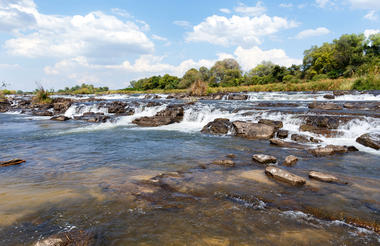
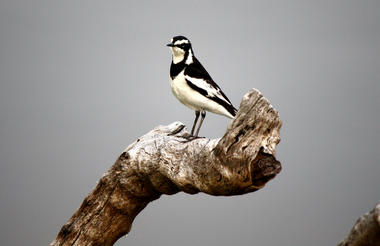
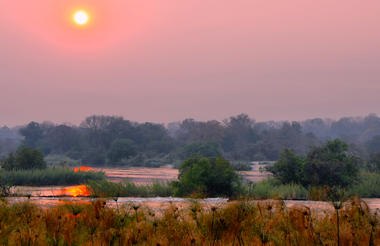
Meandering through the spectacular Caprivi Strip in northwest Namibia, the Kwando River rises from the central Angolan highlands forming the boundary between Namibia, Zambia and Angola. The area surrounding the Kwando River is known for its protected game reserves, national parks and wildlife sanctuaries. It offers excellent game viewing with the perennial waters of the river attracting plentiful wildlife including large herds of elephant, hippos, crocodiles, red lechwe, turtles, zebra, impala, spotted-necked otters and over 400 species of bird. Visitors can enjoy a relaxing stay at one of the many lodges set on the banks of the river and soak up the spectacular views of wild Africa. Popular activities include: game viewing, bird watching, fishing, and camping.
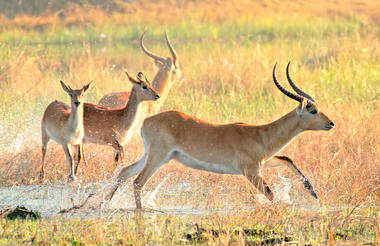
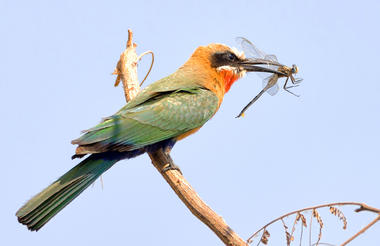
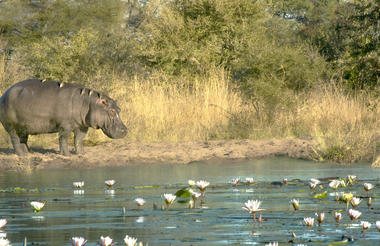
Forming the boundary between Botswana and Namibia is the Chobe River - one of the most well-known perennial rivers in Africa. The Chobe River Front encompasses vast floodplains fringed by lush riverine woodlands. The abundant wildlife inhabiting the river and its shores can be viewed from a river safari where visitors can spot elephants, hippo, water-loving antelope including the rare red lechwe and a variety of other game such as giraffe, zebra, and buffalo. Nature lovers will delight in the incredibly scenic natural landscapes and bird watchers can look forward to the wide section of bird species which can be spotted along the river banks.
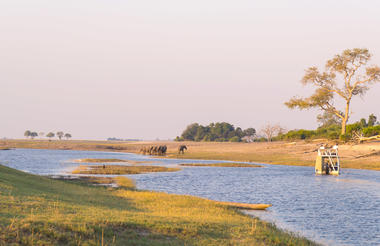
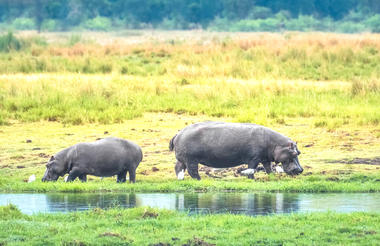
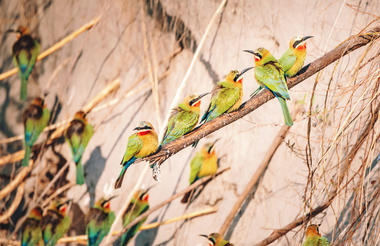
Situated 180 kilometres north of Francistown, the small village of Nata is a popular stopover between Maun and Kasane along the ‘game drive route’ (there is often a chance to catch a glimpse of wildlife along the way). The unique surrounding landscapes feature white sand, tall termite mounds, and Mokolwane palm trees. The Nata Sanctuary is a particular highlight for avid bird watchers, where lucky visitors can be rewarded with large flocks of Flamingos and Pelicans, which breed here each year. The town is also a perfect base for exploring the legendary and spectacular Makgadikgadi Pans, where quad biking and four-wheel-drive tours can be enjoyed.
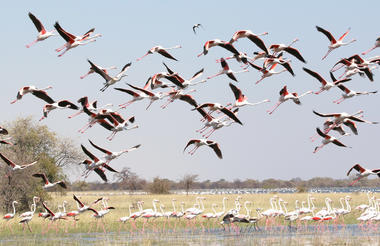
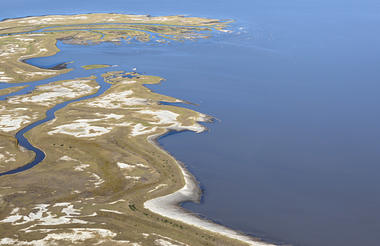
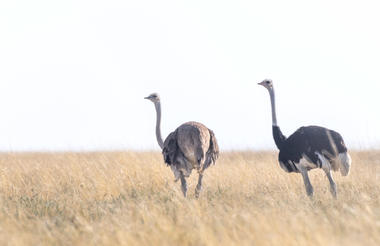
North-eastern Botwana’s Boteti River, within the Makgadikgadi Pans National Park, lies on the grounds of an ancient lake, within a region where some of the first ‘homo sapiens’ (humans) lived. This area is an essential part of the massive annual migration - visitors can look forward to seeing enormous herds of oryx, wildebeests, impalas, zebras, and springbok as well as elephants and hippopotamuses along the riverbank. The river also provides prime bird-watching opportunities, with large flocks of flamingos and numerous other species calling it home. Besides the usual nature reserve activities, try taking a small chartered plane for the best views of the herds; go quad biking across salt flats and sleep there under the stars, or take a cultural tour to see ancient tribal sites.
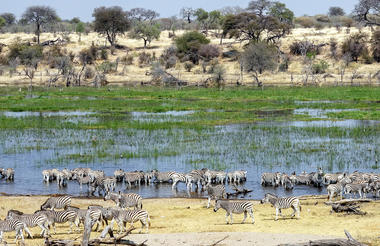
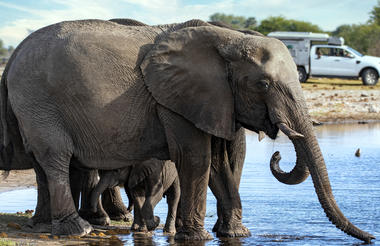
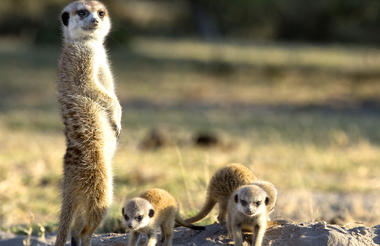
Situated in the east of the Okavango Delta, Moremi Game Reserve ranks as one of the most beautiful reserves in Africa.
It covers more than 4871 square kilometres of pristine wilderness, and this varied terrain includes savannah, winding waterways, and dense forest. The diverse ecosystem supports an incredibly wide spectrum of wildlife, ranging from large herds of buffalo, wildebeest and zebra, to the rare sitatunga and lechwe antelope, lion, cheetah and packs of wild dog in the open grasslands. The birdlife is prolific and includes most of the 550 bird species recorded on Botswana’s national bird list. A range of luxury lodges in the reserve offers visitors the perfect base to experience this corner of paradise.
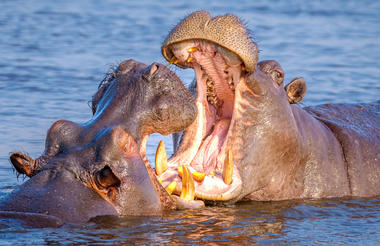
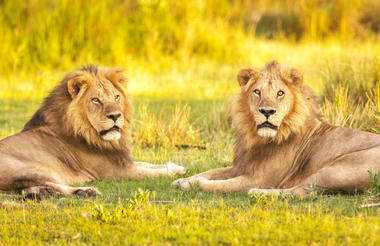
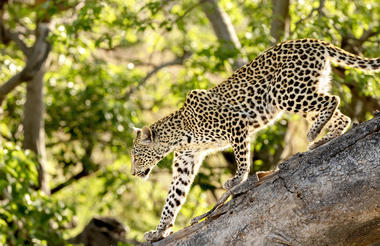
Situated in the northwestern corner of Botswana, the Okavango Delta is a World Heritage Site as it is the largest inland delta in the world. The magnificent Okavango River sprawls out over the dry sands of the Kalahari Desert forming this flourishing waterlogged oasis featuring countless meandering waterways and crystal clear lagoons studded with water lilies, as well as fertile floodplains and reeded islands inhabited with abundant wildlife. The Okavango Delta stretches over an impressive15000 square kilometres. Visitors can enjoy a number of wonderful activities such as game viewing, fishing, bird watching or taking an authentic guided Mokoro excursion through this wetland paradise in a traditional dugout canoe. Commonly spotted animals include: lion, rhino, leopard, giraffe, hippos, elephants, crocodiles and countless species of bird.
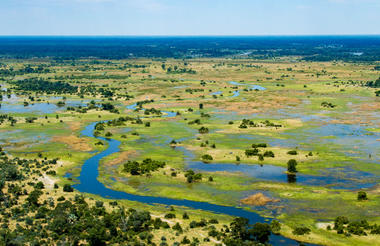
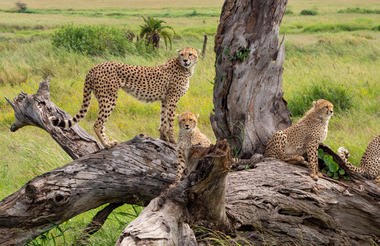
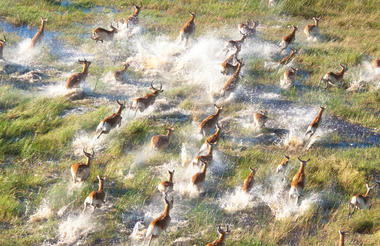
Situated east of the capital city of Windhoek, the area of the Kalahari North can be found in the northeastern reaches of Namibia. The expansive Kalahari Desert spans over seven countries, some of which include: South Africa, Botswana, and Namibia. The Okavango River Delta forms part of the northern region of the desert creating an array of waterways and wetlands which support an abundant variety of wildlife. The northern central region is home to ancient dry riverbeds called 'omuramba'. Kalahari North is blanketed in endemic acacia- camelthorn trees, ephemeral rivers, a fossil watercourse and boasts a reasonably regular rainfall, making it the ideal habitat to support fauna and flora. Visitors can enjoy a comfortable stay at one of many lodges and guest farms dotting the area and explore the pristine landscape.






